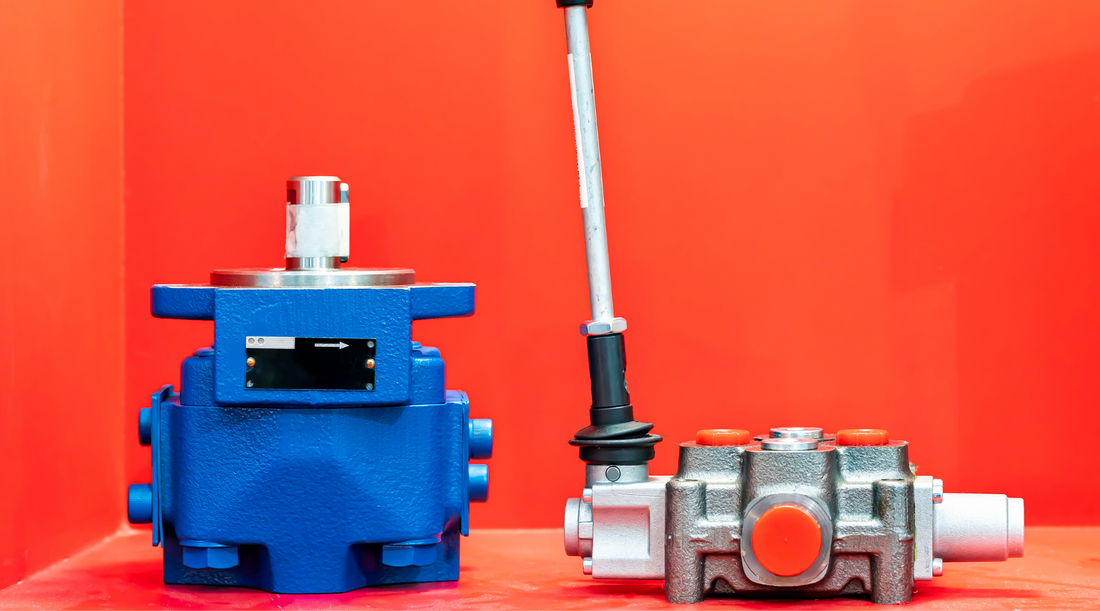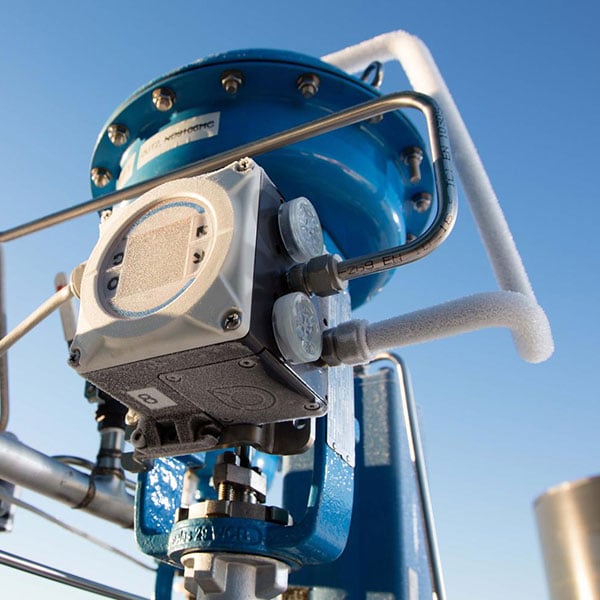The Role of Control Valves in Fluid Flow Administration Equipment

Maximize Energy Cost Savings and Convenience With Advanced Structure Automation Controls
In the realm of modern architecture and center monitoring, the assimilation of sophisticated building automation regulates stands as a critical improvement. The convergence of technology and sustainability has actually birthed a brand-new age where energy efficiency, convenience optimization, and functional streamlining are no longer achievable truths however distant desires. By using the power of automation, structures can adjust, respond, and develop in means that were when unthinkable. The capacity for significant power cost savings and enhanced comfort is not simply an assurance yet an opportunity waiting to be satisfied. This standard change in building administration holds the crucial to unlocking a globe where ecological conscientiousness and owner health sympathetically exist together within the wall surfaces of our structures.
Energy Performance Perks
Power performance benefits can dramatically minimize power intake and operational prices in buildings. Energy-efficient systems, such as sophisticated building automation controls, can maximize the usage of resources like lights, home heating, and air conditioning, leading to lower energy expenses over time.
In addition, boosted power efficiency can lengthen the lifespan of building tools and systems. By operating much more efficiently, HVAC systems, light, and various other building parts experience less wear and tear, causing minimized maintenance and replacement prices. Furthermore, energy-efficient structures usually command greater residential or commercial property worths and rental rates, providing long-term financial advantages to proprietors.
Moreover, power efficiency can enhance passenger comfort and productivity. Correctly regulated indoor settings with optimal lights and thermal problems create a more helpful and enjoyable work space, resulting in enhanced worker complete satisfaction and efficiency. On the whole, the energy efficiency advantages related to sophisticated building automation controls are diverse, incorporating price financial savings, ecological stewardship, and owner wellness.
Boosted Convenience Control
Enhancing convenience control in structure settings calls for an innovative assimilation of innovative automation systems for optimum occupant well-being. By utilizing innovative structure automation controls, centers can customize the interior environment to fulfill the certain needs and choices of residents. control valves.
By incorporating these sophisticated controls, structures can not only improve comfort but also enhance power performance by optimizing system operations based on real tenancy and usage patterns. Eventually, focusing on resident comfort with innovative automation systems leads to a more satisfying and healthier indoor atmosphere.
Functional Efficiency Improvements

Furthermore, the implementation of real-time surveillance and analytics tools enables structure operators to recognize power inefficiencies and functional anomalies without delay. By constantly checking energy use patterns and system performance metrics, adjustments can be made in real-time to enhance energy usage and guarantee peak functional effectiveness. control valves. In addition, integrating need response methods into building automation controls can further boost operational effectiveness by dynamically adjusting energy usage based on grid conditions and prices signals
Indoor Environment Optimization
Effective interior climate optimization is a basic aspect of structure automation controls, ensuring passengers' comfort Get the facts and wellness while making best use of energy cost savings. By making use of advanced sensors and controls, developing automation systems can continuously change and check temperature level, humidity levels, air quality, and ventilation to produce an optimum interior setting. Keeping comfortable and constant conditions not only improves occupant complete satisfaction yet additionally boosts efficiency and general health.
Interior environment optimization also plays a critical role in energy performance. By fine-tuning air flow, air conditioning, and home heating systems based on real-time data and tenancy patterns, constructing automation controls can considerably decrease energy intake - control valves. Executing strategies such as demand-controlled air flow and thermal zoning can assist reduce power waste while making sure that each area of the structure obtains the needed conditioning.

Lasting Atmosphere Production
Building automation controls not just optimize indoor environment conditions for power effectiveness and occupant convenience but additionally lay the foundation for producing a sustainable setting through calculated administration of systems and sources. By incorporating sophisticated structure automation technologies, such as sensing units, actuators, and smart software application, centers can keep an eye on and adjust energy usage in real-time to decrease waste and reduce their carbon footprint. These systems allow anticipating maintenance, determining possible issues prior to they escalate and optimizing devices efficiency to enhance longevity and effectiveness.
In addition, sustainable environment development extends past power management to include water preservation, waste decrease, and interior air top quality improvement. Building automation controls can regulate water usage, find leaks, and guarantee appropriate waste disposal methods, adding to general sustainability initiatives. In addition, by keeping track of and managing air flow and filtering systems, these innovations improve passenger health and wellness and efficiency while reducing energy usage related to cooling and heating operations.
Final Thought
In final thought, advanced building automation regulates deal substantial advantages in terms of energy savings, convenience control, operational effectiveness, indoor climate optimization, and creating a sustainable setting. By applying these controls, structures can accomplish optimal efficiency while lowering power intake and enhancing resident comfort. It is evident that making use of innovative automation innovation is important in enhancing structure performance and creating a much more go now sustainable future.
Power effectiveness advantages can considerably decrease power usage and functional prices in buildings. In general, the power effectiveness benefits associated with advanced structure automation controls are diverse, encompassing price savings, ecological stewardship, and occupant wellness.
In addition, integrating need response methods into building automation controls can additionally boost functional performance by dynamically readjusting energy usage based on grid conditions and pricing signals.
Building automation controls not only optimize interior environment problems for power effectiveness and passenger convenience however likewise lay the structure for producing a sustainable atmosphere through calculated administration of sources and systems.In final thought, advanced building automation controls deal substantial advantages in terms of power financial savings, convenience control, functional effectiveness, interior climate optimization, and producing a lasting setting.